With being a 1:1 school district in Burlington (K-12), I wanted to incorporate the use of iPads into some of my life science lessons while also helping teachers to implement using the iPads during Science. At the end of the second grade unit on trees, teachers have asked me to take their classes outside on a tree walk. The students had an opportunity to meet and identify the most common type of trees they find in their backyards and school grounds. The walk was based on the idea of a “scientist” (me) taking the students on a verbal tour of the trees in their schoolyard. This tour included a review of tree parts and functions, how we identify different trees and a closer look at each of the trees leaves, seeds and bark. I wanted to change the tree walk experience in a way that had greater student involvement, while still connecting to their prior learning. I saw this as a potential way to help teachers and students journal and collect data outside of their classrooms and in the real world. It would also give students practice on usig the Ipad as a tool for taking pictures, editing information and producing a product of their own.
Massachusetts is on its way to adopting new science standards, which are based off the national science standards (NGSS). These standards have greater emphasis on scientific practices balanced with specific core science ideas. The goal is to have students use their application of knowledge to demonstrate scientific skills and understanding. The tree book design and development focuses on obtaining, evaluating, and communicating information about trees.
The objectives of this lesson were to have students be able to identify 3 common tree species and their parts, including their leaves, bark and seeds and how they were different. I wanted students to extend their classroom learning to the outdoors. I decided the end result was to have the students design and create their own tree guide booklet using Book Creator on their iPad.
During the first class students are introduced to the names of the 3 species of trees. There are examples of a leaf and seed from each of the tree species. Students then sketched each leaf and seed with appropriate labels. This gave the student an idea of what each tree’s leaves and seeds looked like.
Then I took each class outside for their tree walk to make their tree field guides. Each student had to take pictures of the whole tree from top to bottom, a picture of its leaf, seed and bark. Then it was repeated for the other two types of trees.
The photos were then used to make their tree field guides in the next 1-2 class periods. The classroom teachers collaborated wth the technology support staff in each school to help students design their tree books.
Students then shared their tree books during an additional class period. The tree books included diagrams of the tree and its parts, 3 species of common trees in their school yard (with their own pictures of leaf, seed and bark) and some knowledge or facts they learned that they did not know before the tree unit was taught. Students shared their tree books and their findings through oral presentations with their classmates.
From my experience, I found students were excited about creating their own tree book. They kept asking if they could take pictures of other trees and wanted to identify them. They enjoyed being outdoors and taking photographs of objects they were studying. I found they were able to identify the tree species from their previous experience with the sketching of the tree items in the prior class.

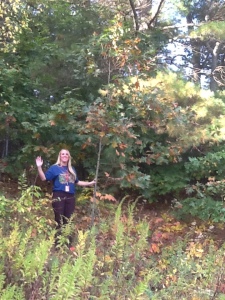



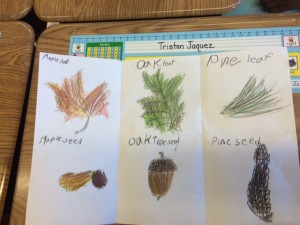

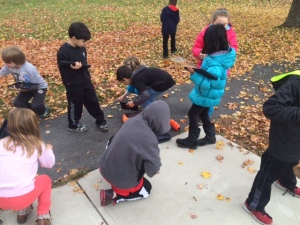
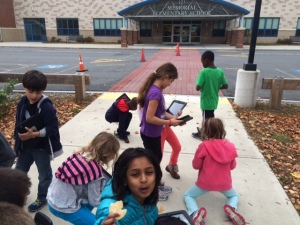
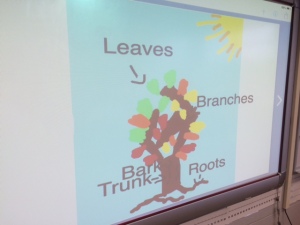
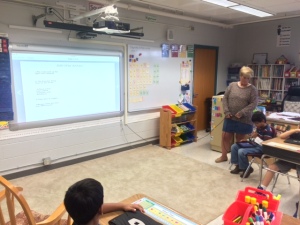
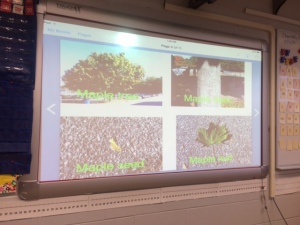
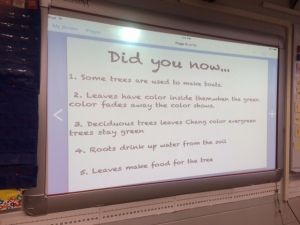
No comments:
Post a Comment